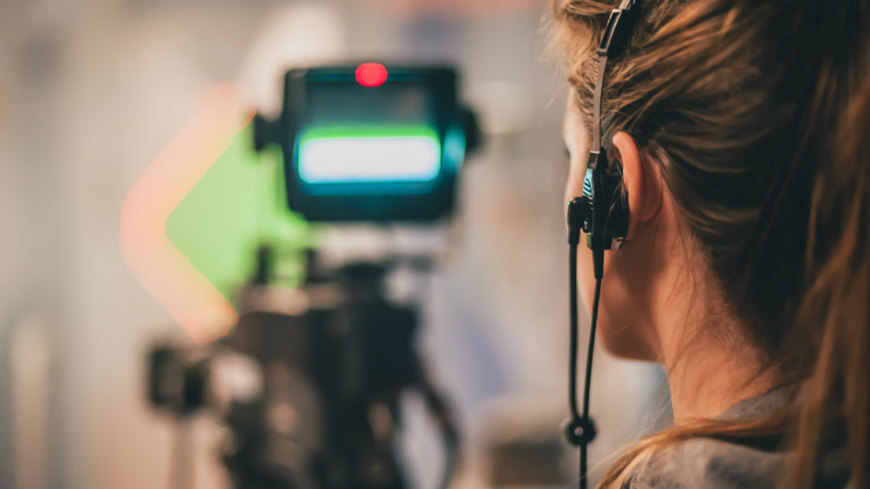Download “Female professionals in European TV/SVOD fiction production - 2015-2023 Figures”
A new edition of the report “Female professionals in European TV/SVOD fiction production - 2015-2023 Figures” has just been published by the European Audiovisual Observatory, part of the Council of Europe in Strasbourg. This report provides an analysis of gender inequality for six categories of staff behind the camera: directors, writers, producers, cinematographers, composers and editors.
This new report finds that:
- Between 2019 and 2023, the share of female professionals in the production of European TV and SVOD fiction was 27%. Three cumulative factors apply to most of the roles assessed in this report:
o A low share of women in the active population of professionals.
o Fewer assignments for female professionals.
o Work more often shared with other professionals (e.g. female screenwriters co-writing more often than their male counterparts).

Source: European Audiovisual Observatory analysis of media-press.tv data
- Gender inequality varies according to profession. Between 2019 and 2023, the share of female professionals was higher for producers (43%) and writers (37%), close to the average for editors (31%) and directors (27%) and significantly lower for composers 10% and cinematographers (10%).
- Female professionals seem to be more represented when several professionals work together in one role, as is the case for producer and writing teams. Conversely, women tend to be more under-represented when the role is generally held by a single professional (e.g. directors or cinematographers).
- However, even for roles where multiple professionals are responsible for writing or producing a work, teams are overwhelmingly led by male professionals. For example, between 2019 and 2023, while female writers accounted for 37% of the writing of audiovisual fiction, female-led teams accounted for only 26% of all writing teams, compared to 59% for male-led teams and 15% for gender-balanced teams.
- Whether in terms of the active population or in terms of assignments, the share of female professionals has generally increased since 2015, albeit only moderately by 4% (overall, the share of women in all roles increased from 23% in 2015-2018 to 27% in 2019-2023).
- Some progress has been made in the role of director, which is characterised by an average share of women (+8% more women between 2015-2018 and 2019-2023). Progress has been slower concerning other professional roles. Roles with an already very low share of women, such as composers (+4%) and cinematographers (+3%), improved slightly. Roles with an above-average share of women, such as scriptwriters and producers, were also slow to change (+4% each). The share of female editors stagnated completely (+0%) between 2015-2018 and 2019-2023.
- By way of illustration, applying the average growth rates of female presence over the last nine years would mean that gender equality would be reached in 2030 for producers, 2035 for directors, 2036 for writers, 2063 for composers and 2103 for cinematographers. Gender equality for female editors would not be achieved at all at the current rate. Taking all roles combined, gender parity in producing European TV and SVOD fiction would be achieved in 2046.
- However, there is a more encouraging aspect that may help to achieve gender parity sooner. Women in one role are more likely to work with other women; for example, the share of women writers or producers is significantly higher when the director is a woman, and the same applies to works written or produced mainly by women. Progress in one role is therefore likely to have a positive impact on the others.
